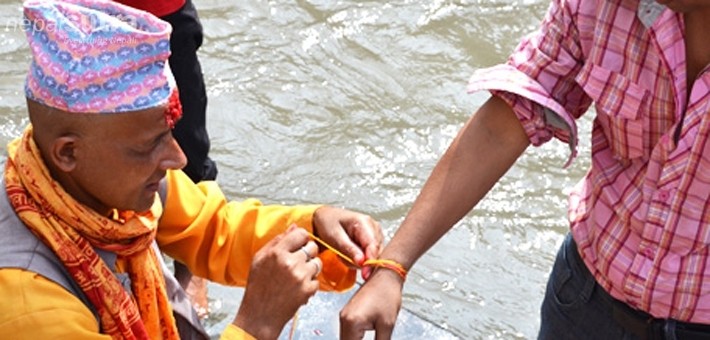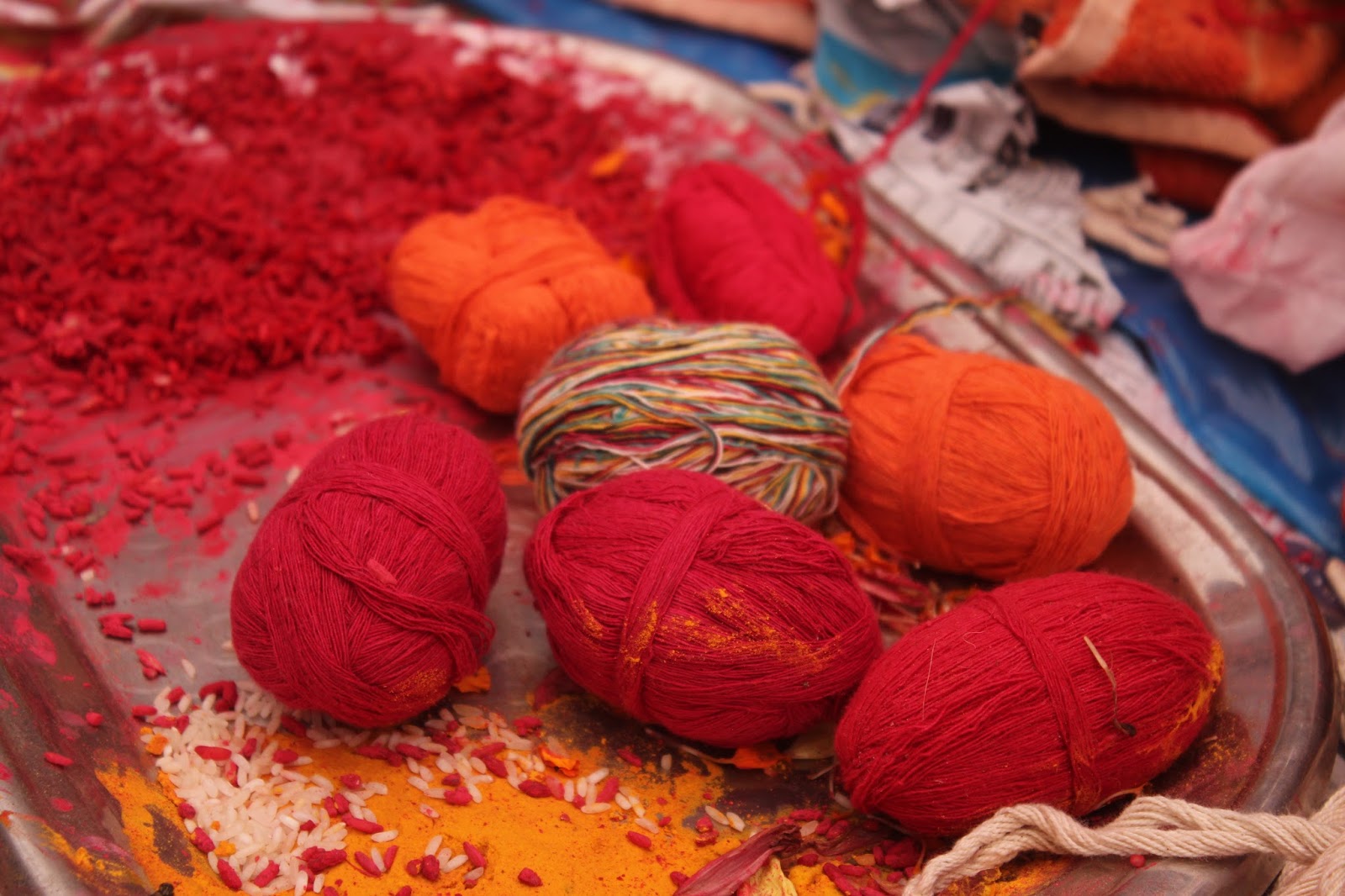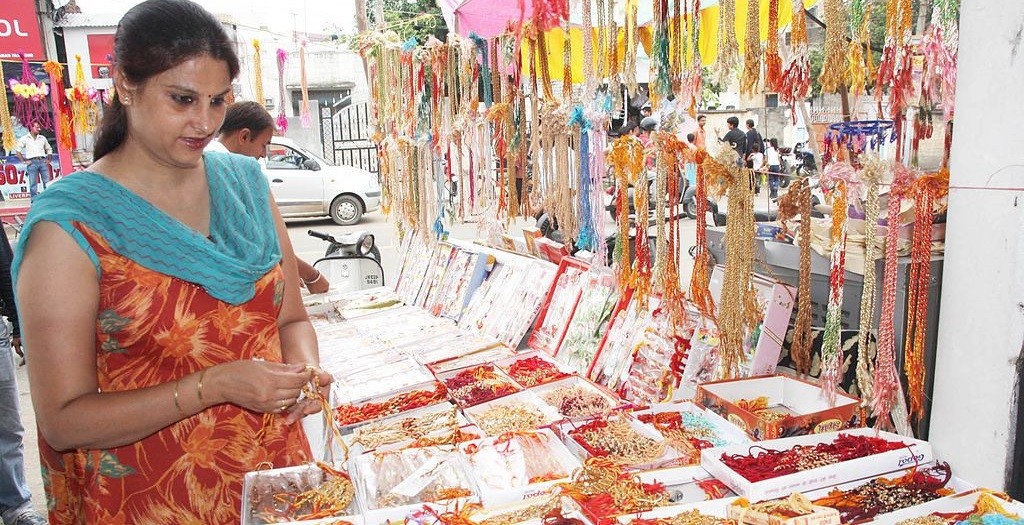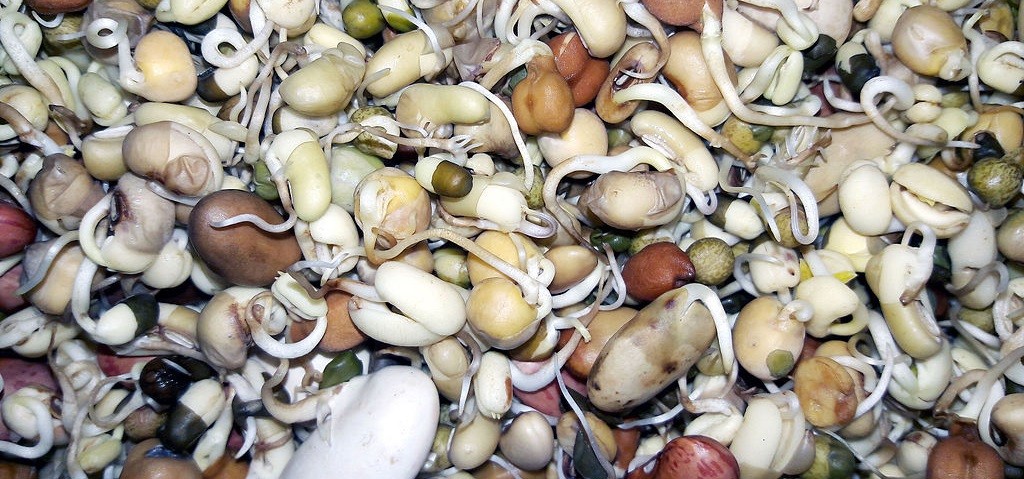Nepal is blessed with the natural beauty comprising diverse geography, unique topography, and rich biodiversity, but it is also blessed rich culture and tradition. Nepal is home to several religion groups including Hindu, Buddhist, Muslim, Christian, Sikh, and Kiranti. These are just the major religious groups; 36 different ethnic groups in Nepal follows their distinctive customs and culture and speak the ethnic language.
In Nepal, the festivals are also celebrated by different ethnic groups of a different religion in their own way. Janai Purnima is one of such festivals which is popularly known as sacred thread festival observed by Hindu, Buddhist, and Jain.

What is the Janai Purnima festival?
Janai Purnima is Hindu festival celebrated by almost every family of Nepal. According to Nepali Calendar, this festival falls on the full moon day of Shrawan or Bhadra month. Different ethnic groups of different region celebrate these festivals in a different way and hold its own significance. Brahmins and Chhettri ethnic group celebrate Janai Purnima. People mainly residing in the Terai region celebrates this festival as Raksha Bandhani or Rakhi. Similarly, Newar Community of Nepal celebrates this day as Kwati Purnima.
How is Janai Purnima celebrated?
Janai Purnima is one of the most sacred and important festivals of Hindu religion. The festival celebrates the bond of pureness and security. Janai means holy thread and Purnima is the full moon. On this day, Hindu Nepalese men of Brahmin and Chhetri group perform their annual ritual of changing Janai. Janai is a sacred thread made of cotton worn across the chest by Hindu men, especially Brahmin and Chhetri. They change this sacred thread after taking a bath in the holy river of Bagmati or Vishnumati or nearby rivers.
This thread is only worn by males who have performed a religious ceremony called Bratabandhan. Bratabandhan is a Hindu ceremony which is performed as a symbolic representation that a boy has reached the age of manhood and is ready to follow the rules of following the religion faithfully. Janai must be worn every day onwards for their entire life and must not disgrace the religion. In Janai, there are three cords, which symbolize body, speech, and mind and when the three knots have tied the one who wears is supposed to have gained completed control over each of the symbol.
They take a bath and makes their offering to Saptarishis (seven legendary rishis or sages) and their departed fathers and ancestors, then Tagadharis (Hindu men wearing the Janai) put the new Janai with a belief of having complete over body, speech, and mind.
Other people who are not wearing Janai, wears a sacred colorful thread called “Doro” around the wrist from Pundits (priest). There is a belief that sacred thread is worn for safety and protection. After some months, that thread is tied in the tail of cow on the third day of Tihar festival. This ritual is done for the safe passage to the heaven after death. It is believed that after a person dies, he/she would hold on to the tail of the cow as the cow pulls across to the Baitarni River.
On the occasion of Janai Purnima, thousands of devotees visit the Kumbheswar temple of Patan, Lalitpur. The temple lies in a complex that includes other structures like Bangalamukhi, Ulmanta Bhairava, and two hiti ponds. There is a popular belief that the water spring that fills the ponds comes all the way from the holy lake of Gosainkunda, which is located at the distance of 43 km north of Kathmandu. Taking a dip in that pond during Janai Purnima is equivalent to taking a dip in Gosainkunda itself.
Several devotees also visit the three sacred Gosainkunda Lakes, one of the famous pilgrimage sites of Nepal. According to Hindu Mythology, it believed that Lord Shiva created this lake when he trusts his Trishul (Trident) into the mountain to extract water so that he could cool his burring thread after he swallowed poison. That’s ‘why the water of this lake is considered holy and on the occasion of Janai Purnima thousands of pilgrims from Nepal as well as India visit Gosaikunda.
Gosainkunda is nestled in Langtang region of Rasuwa district at the altitude of 4,380m .The trek to Gosainkunda determines true devotion to Lord Shiva and to be there during the Janai Purnima is regarded the most auspicious. According to spiritual beliefs, people who take bathe in the lake would get rid from sins, pain and grief.
The Gosainkunda Trek is filled with varied array of flora and fauna, blanketed forests of rhododendron, bamboo and oak trees, picturesque villages of varied ethnic groups, enchanted divine glacial lakes, immense mountain panorama, and especially, the myths of Gosaikunda itself, that create exceptional trekking experience and above all, get opportunities to immerse into Nepali traditional festivals and culture.
Also, in some part of Nepal, people offer foods like Kwati, rice, and roti (flatbread) in a leaf to the frogs by placing them in fields. This ritual is done as according to the belief that frog brings the rain and ultimate farmers get to plant the fields with crops. Gai Jatra is another festival which is celebrated the very next day of Janai Purnima.
What about the other festivals of Janai Purnima?
Raksha Bandhan/Rakhi
Raksha Bandhan or Rakhi is another festival of this day celebrated especially in Terai region of Nepal by Hindu and Jain. This festival is also celebrated throughout India. Raksha Bandhan means “bond of protection,” Raksha means “protection,” and Bandhan means “bond.”
Raksha Bandhan is the festival of brother and sister. In this day, sisters meet her biological brothers, cousins or adopted brother-like friends and tie rakhi on her brother’s wrist. Rakhi is a colorfully woven bracelet. After rakhi, brothers and sisters pray together. Then sisters apply tika (colorful mark) on brother’s forehead and perform an aarti wishing him a long and healthy life. In return, the brothers take promises to protect his sister and take care of her in all the circumstances. They also give gifts and money to sisters as a token of love and feed each other with sweets, fruit, and other delicious foods.
This festival is very important to build a positive relation of care and affection between brother and sister and the entire family as well. Although this festival is between brother and sister, it is celebrated in the presence of whole family members. That is why nowadays this festival is celebrated in most of Nepal.
Kwati Purnima/Gun Punhi
Janai Purnima is also called as Kwati Purnima or Gunhi Punhi. The Newar Community of Nepal mostly celebrates Kwati Purnima. However, nowadays every house celebrates this festival. This day coincides with Shravan Poornima of the month Shravan in the Hindu lunisolar calendar which is celebrated as Janai Purnima.
On this day, a special dish called Kwati is prepared and is consumed as a feast with the rest of the family as a celebration. Kwati is a soup made from a mix of nine different types of sprouted beans. The nine different beans used while making Kwati commonly includes black gram, chickpea, field bean, soybean, green gram, field pea, garden pea, cowpea and rice bean. The beans are soaked for three to four days in water until the time they sprout. They are cooked with various spices to make a thick soup.
This dish is consumed on the festival of Gun Punhi, the full moon day Gunla. Gunla is the tenth month of the Nepal Era lunar calendar. It is eaten as a delicacy and for health benefits and ritual significance.
Legend behind the origins of the festival
There are several history and myths about the celebration of Raksha Bandhan. Some of them are:
- There is a myth that after Lord Vishnu won all the three world from the demon king Bali. Lord Vishnu granted a wish of Bali to stay with him in his palace, but Lord Vishnu’s wife Goddess Lakshmi did not like the palace. So Goddess Lakshmi went to Bali, ties a rakhi and made him her brother. In return Bali asked what gift she wants, then she asked him to free Vishnu from the request that he lives in Bali’s palace. Bali granted Lakshmi’s wish and accepted her as his sister.
- According to another legend, in the war between Gods and demons. The deity of the sky, rain, and thunderbolts, Lord Indra, was disgraced by the demon King Bali. Then, Lord Indra’s wife Sachi went to Lord Vishnu and asked for his help. Lord Vishnu gave her a holy bracelet made of cotton thread. Sachi tied that holy thread around the wrist of Indra, blessed with her prayers for his victory. Then Lord Indra defeated the demon king Bali. This legend inspired the protective power of holy thread.
- This legendary narrative relates with India and goes back in a time when Alexander the Great invaded India in 326 BCE. During that time, wife of Alexander the Great, Roxana sent a sacred thread to Porus, the king of Kaikeya kingdom, asking him not to harm her husband in battle. Kind Porus respected the importance and significance of rakhi, and wore the rakhi. In the battle of Hydaspes, King Porus stopped himself from killing Alexander personally when he saw the rakhi on his wrist.











